Disease Management in Shrimp Farming
Functional Health in Shrimp Feed: Combining Science with On-Farm Realities
Is functional feed a nutritional solution, a marketing gimmick, or a proven health strategy?
Although functional additives in animal feed are not new, their application in aquafeed remains a topic of debate. Critics question the cost-effectiveness of such additives, arguing that without standardized protocols, outcomes are unpredictable, making the investment risky. Others believe that optimal nutrition and a well-formulated feed provide shrimp with the essential components to naturally fight pathogens. While both views have merit, in practice, even with high-quality feed, specific pathogen-free (SPF) post-larvae, water disinfection, and biosecurity, pathogens still find ways to infiltrate shrimp farming systems.
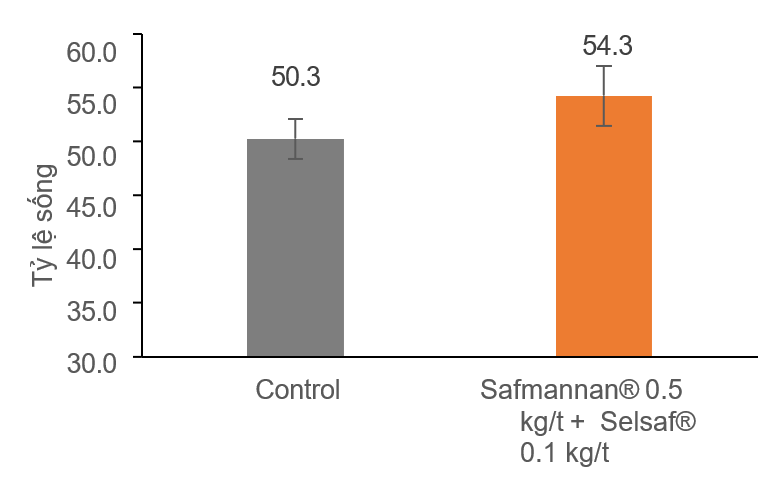
This vulnerability is rooted in shrimp’s complex physiology and environmental conditions. For instance, tropical temperatures and abundant water in shrimp farms create ideal conditions for pathogen proliferation. Shrimp, being benthic organisms, are in constant contact with sediments rich in potentially harmful microbes. Their frequent molting phases further increase susceptibility to infections and parasites. Moreover, shrimp lack an acidic stomach barrier like mammals or some fish, and their adaptive immunity is limited—no commercial vaccines currently exist to prevent future infections.
Intensification of shrimp farming exacerbates the problem. Higher stocking densities, fluctuating water quality, and climate change-related stressors can compromise immunity. Research by Jiang et al. (2005) showed that suboptimal oxygen levels significantly reduce hemocyte counts—the primary immune cells in shrimp. Similarly, Wang and Cheng (2005) found that abrupt salinity changes impair shrimp immunity within hours, increasing susceptibility to Vibrio alginolyticus.
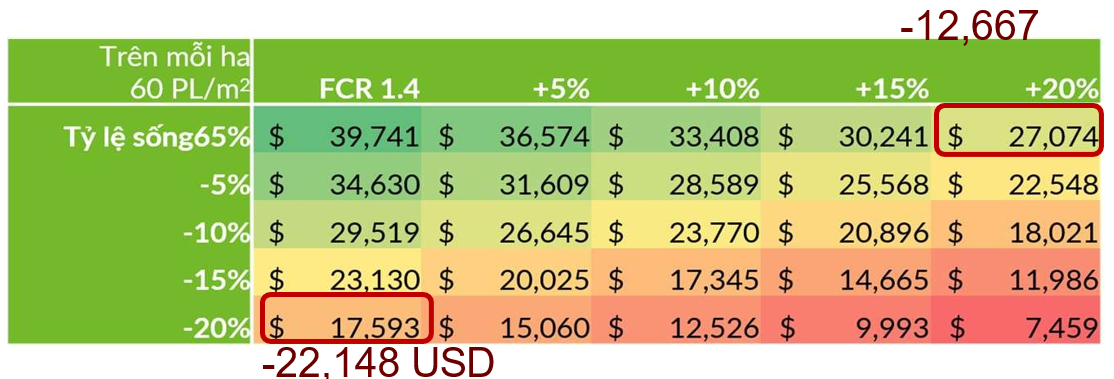
Figure 1: Impact of salinity on total hemocyte count in Litopenaeus vannamei (Wang & Cheng, 2025)
This has led many farmers to manually add functional additives to commercial feed during the grow-out cycle. While this on-farm practice can help reduce disease outbreaks, incorporating additives directly at the feed mill offers additional benefits: precise dosing, uniform distribution, consistent consumption, ease of management, cost-efficiency, and reduced risk of counterfeit or substandard products. Though sometimes seen as a challenge, this also presents an opportunity for feed manufacturers to promote functional feed adoption, especially as farmers are becoming more professional in their management practices. This shift enables the development of sophisticated, measurable functional feed concepts grounded in shrimp physiology.
Understanding the Shrimp Immune System

Unlike terrestrial animals, our understanding of shrimp immunity remains limited. The shrimp defense system consists of three major barriers, each serving a distinct function:
Physiological & Antioxidant Barrier: Maintains cellular health and combats oxidative stress from free radicals—key to overall robustness and resistance to infectious diseases.
Epithelial Barrier: Includes the cuticle, gills, gut lining, mucus, and microbiota. These structures physically block pathogen entry and spread.
Immune Barrier: If pathogens bypass the first two defenses, innate immunity takes over. Hemocytes coordinate cellular and humoral responses to control and eliminate pathogens.
Strategic interventions can support these barriers:
Antioxidants prevent oxidative damage.
Bioactives & probiotics enhance gut health and integrity.
Immunostimulants boost immune cell activity and overall defense mechanisms.
Figure 2: Integrated approach to disease prevention and management in shrimp ponds
Although these strategies aren’t silver bullets, they are crucial parts of a broader health management system that includes best farming practices, biosecurity, and routine monitoring.
Benefits of Integrating Health Functions in Feed Development
Formulating shrimp feed is complex—it must address species-specific nutrient needs, ingredient selection, and pellet characteristics. The goal is to maximize performance at minimal cost. However, balancing feed efficiency with disease resilience poses challenges, often under-evaluated due to limited resources at feed plants.
While achieving low feed conversion ratios (FCRs) is vital, disease outbreaks at harvest can severely impact profitability. This highlights the importance of incorporating health-focused strategies at relatively low cost through functional additives.
Figure 3: Impact of feed performance and survival rates on shrimp farm profitability (per ha)
The idea of balancing pure performance with health considerations also intersects with genetics. High-growth lines of shrimp or salmon may show biological limits under stress. Genetics programs are now incorporating multi-trait selection. Similarly, nutrition should evolve beyond FCR and growth, to include measurable health-related parameters.
Case Study: Functional Feed Trial in Ecuador
A large-scale commercial trial near Guayaquil, Ecuador, assessed the economic and biological impact of functional feed in a 101-hectare shrimp farm. Shrimp fed with functional feed were compared to those fed standard diets over an entire crop cycle.
The functional feed included:
Safmannan®: yeast cell walls rich in β-glucans 1,3–1,6 and mannans.
Selsaf®: organic selenium derived from yeast.
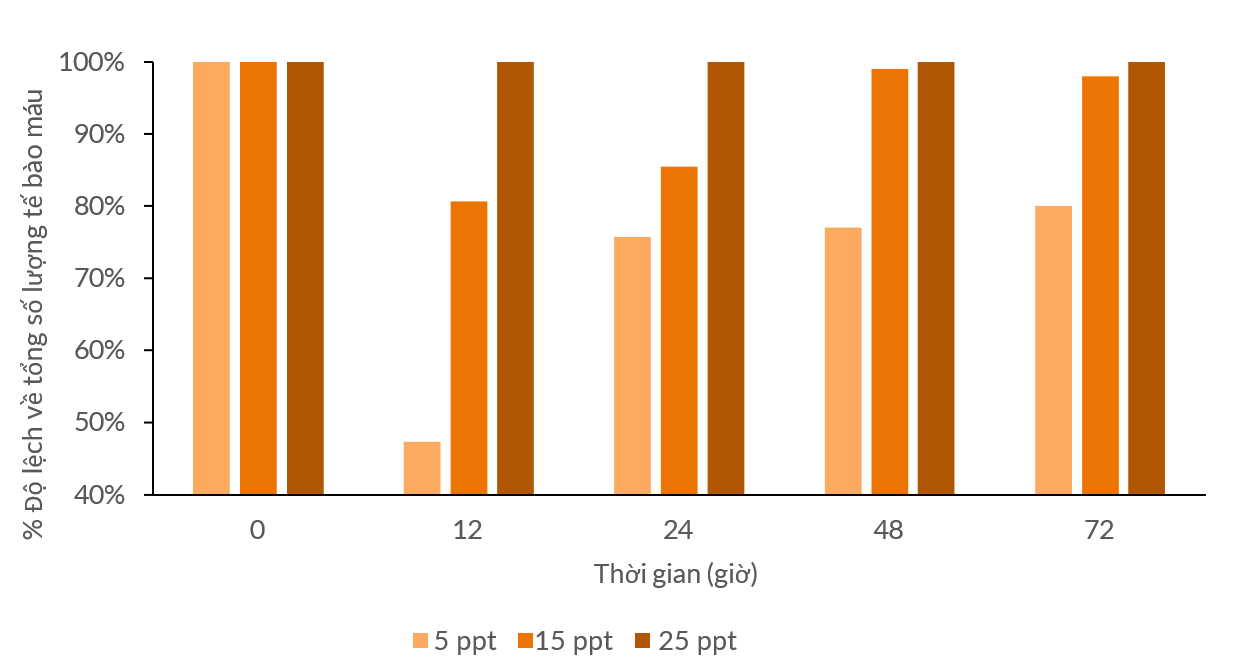
These additives were designed to synergistically support the three health barriers. Included at 0.5 kg/t and 0.1 kg/t feed respectively, they helped mitigate oxidative stress and disease threats.
Figure 4: Enhanced shrimp performance after inclusion of Safmannan® and Selsaf®, measured by survival rate and FCR
Results:
Survival improved from 50.3% (control) to 54.3% (functional feed).
FCR significantly improved from 1.78 to 1.60.
Production cost dropped from USD 4.00/kg to USD 3.60/kg shrimp.
Profit increased by USD 409/ha.
This yielded a return on investment (ROI) of 1:25—USD 100 in extra profit per ton of feed for just USD 4 invested in functional additives.

Conclusion:
Functional feed concepts can deliver measurable productivity gains—even in the absence of disease outbreaks. Improved shrimp health enhances nutrient utilization, lowers costs, and boosts farm profitability. With minimal investment and strategic application, functional additives offer a high-impact tool for disease risk reduction and long-term sustainability.
Source: Phileo by Lesaffre
Aqua Mina's distributor in Japan: REX INDUSTRIES CO., LTD
- Address: 1-9-3 Hishiya-Higashi, Higashi-Osaka 578-0948 JAPAN
- Email: kimakubo@rexind.co.jp
- Phone: +81-(0)72-961-9893
- Website: http://www.rexind.co.jp/e/
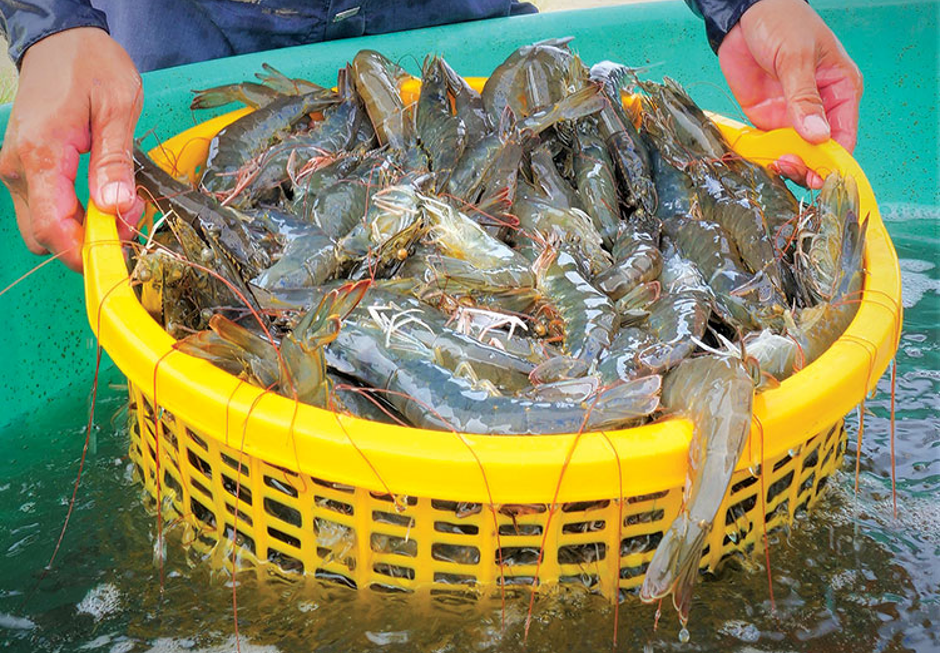
WE WORK FOR YOUR SUCCESS!
Ngày đăng : 16/05/2025
2016 View
Other Articles
Global Shrimp Forum: Global shrimp trade is reshaping
China’s Import Value Up 10%, Vietnamese Shrimp Remains Among Leading Suppliers
After the 7.5-magnitude offshore earthquake in Aomori that injured 34 people, Japan has issued a warning about a potential mega-earthquake
India’s shrimp exports accelerate despite the trade war with the United States
Portuguese food group acquires 18% stake in cod farming company Norcod
Indonesia implements radioactive-free shrimp certification for exports to the United States
India is world’s second-largest shrimp producer. That is now under threat
Ca Mau’s shrimp industry moves towards “green” growth
Floods devastate aquaculture, processing operations in Vietnam
Ecuador Leads Global Shrimp Exports, Surpassing USD 7 Billion in 2025
India's marine product exports rise 16% as new markets offset US dip
Skretting presents the first shrimp feed with insect meal in Vietnam








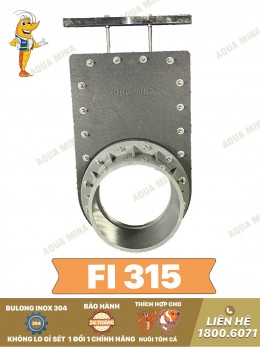

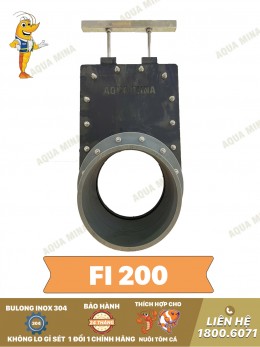
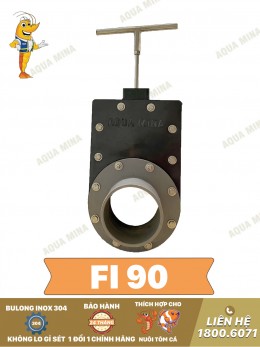
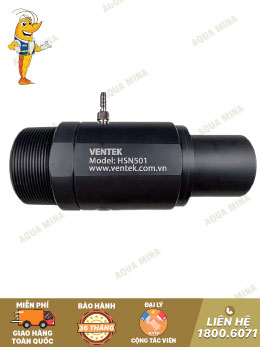



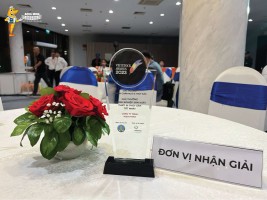

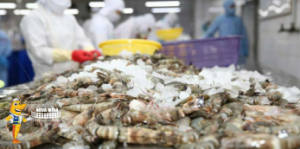
.jpg)